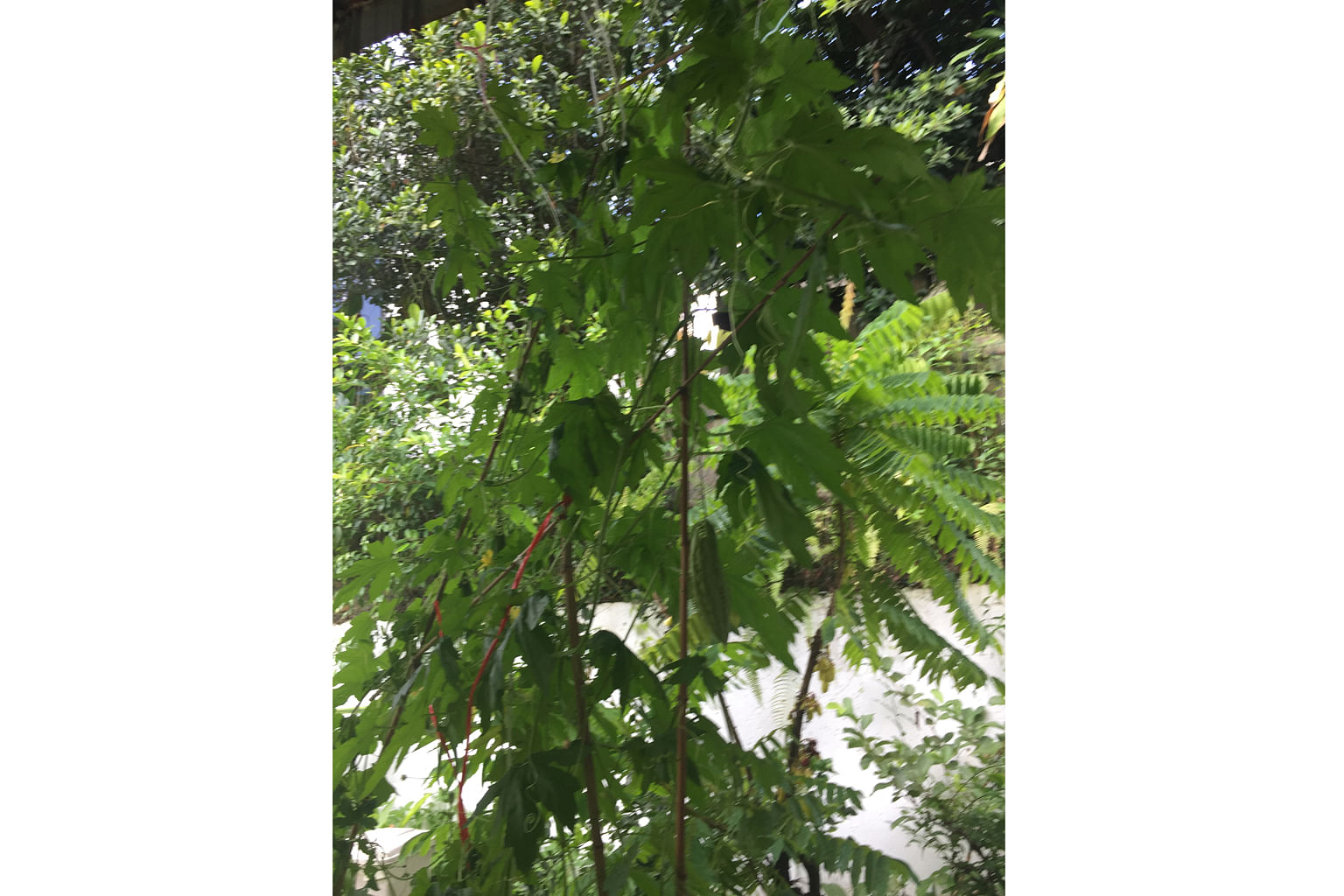Office light insufficient for variegated snake plant and yellow cane palm
I have two plants in my office. There is no window in the space and the office lights are switched on from 9am to 6pm on weekdays. Are the plants getting sufficient light? If I am away for a few days, should I use a timer to illuminate my office to provide light for the plants?
Dion Gan Teck Chye
The plant on the left (above left) is commonly called the variegated snake plant (its botanical name is Sansevieria trifasciata and this is the Laurentii variety), while the one on the right (above right) is likely the yellow cane palm (botanical name - Dypsis lutescens).
Under normal circumstances, these plants do well if they get at least four hours of filtered sunlight. They can be adapted to grow under direct sunlight if given sufficient water.
If you are referring to ceiling lights in offices as a source of light for photosynthesis for your plants, then that would be insufficient. These lights would be too dim for the plants, which will gradually decline over time.
You can invest in grow lights to sustain your plants.
Grow lights are more suited for low-growing plants such as the variegated snake plant without needing overly expensive set-ups that provide higher intensity light that can cover the entire canopy of the yellow cane palm.
Lights with higher intensity will consume more electricity.
Rubber plant may be lacking water and light

I bought this Ficus elastica (above) a month ago. At first, I misted the leaves and soil every other day. Several leaves fell over a week. Now, I have moved the plant so it gets filtered late-afternoon sun. I have also stopped misting the leaves. How often should I water it? Should I loosen the soil as well?
Ivy Lim
The dropping of leaves of your rubber plant (botanical name - Ficus elastica) may be due to several reasons.
First, ensure your plant is well-watered. Water must be poured into the pot and thorough watering is indicated by water leaving the drainage holes at the base of the pot. Misting the plant with water may not provide it with sufficient water.
Also, it appears that the pot may be too small for the plant. A restricted root ball with limited soil volume to hold water for the plant can lead to moisture stress whenever the root ball dries out.
You can move the plant into a larger pot. Note that the plant can grow into an enormous tree, so pruning is needed to keep its size manageable.
Finally, sudden changes in growing conditions can lead to leaf fall. Light conditions at the production nursery are generally brighter compared with indoors in homes, so make sure your plant receives at least six hours of direct sunlight for it to thrive.
Hand-pollinate bittergourd plant to aid fruit production

I started growing bittergourd (above) about two months ago. The plant is growing very well, but it is not bearing fruit. What should I do to get the plant to fruit?
Lee Chee Chee
If you are living in a high-rise apartment, poor fruit production may be caused by the lack of pollinators.
In such situations, you will probably need to hand-pollinate the flowers.
First, identify the male flower of the bittergourd plant - it does not have a baby "fruit" (an ovary).
You can pick a flower, strip off its petals and find the female flower, characterised by the presence of an ovary behind the petals.
Rub the anthers of the male flower, which carry the pollen, on the stigma located in the centre of the female flower to facilitate pollen transfer.
If your plant is not producing flowers, it may be too young. Allow some time for it to grow further and flowers should appear.
Also, ensure that your bittergourd plant is grown in a sunny spot with at least four hours of direct sunlight daily.
The lack of sunlight may hinder flowering.
Finally, do not over-feed the plant with fertilisers that are rich in nitrogen, which will promote the production of lush foliage over flowers.
Dwarf umbrella tree can be pruned to maintain size

What is this plant (above)? As the top is getting heavy, how can I trim it?
Rahilah Rahmat
The plant is the variegated cultivar of the dwarf umbrella tree, botanically known as Schefflera arboricola.
It takes on a shrub-like growth habit and can be pruned to reduce the size of the plant as well as to promote a more attractive, bushy growth habit.
For a start, you can prune the plant to about half its height. Avoid cutting too far down to mature woody growth which may not regenerate after cutting.
You should make the cut just above a node, which refers to the part where the leaf joins the main stem. You can refer to gardening resources online on how to perform shrub pruning correctly.
The tip cuttings that are produced after pruning can be used as propagation material for new plants.
• Answers by Dr Wilson Wong, an NParks-certified practising horticulturist and park manager. He is the founder of Green Culture Singapore and an adjunct assistant professor (Food Science & Technology) at the National University of Singapore.
• Have a gardening query? E-mail it with clear, high-resolution pictures of at least 1MB, if any, and your full name to stlife@sph.com.sg

